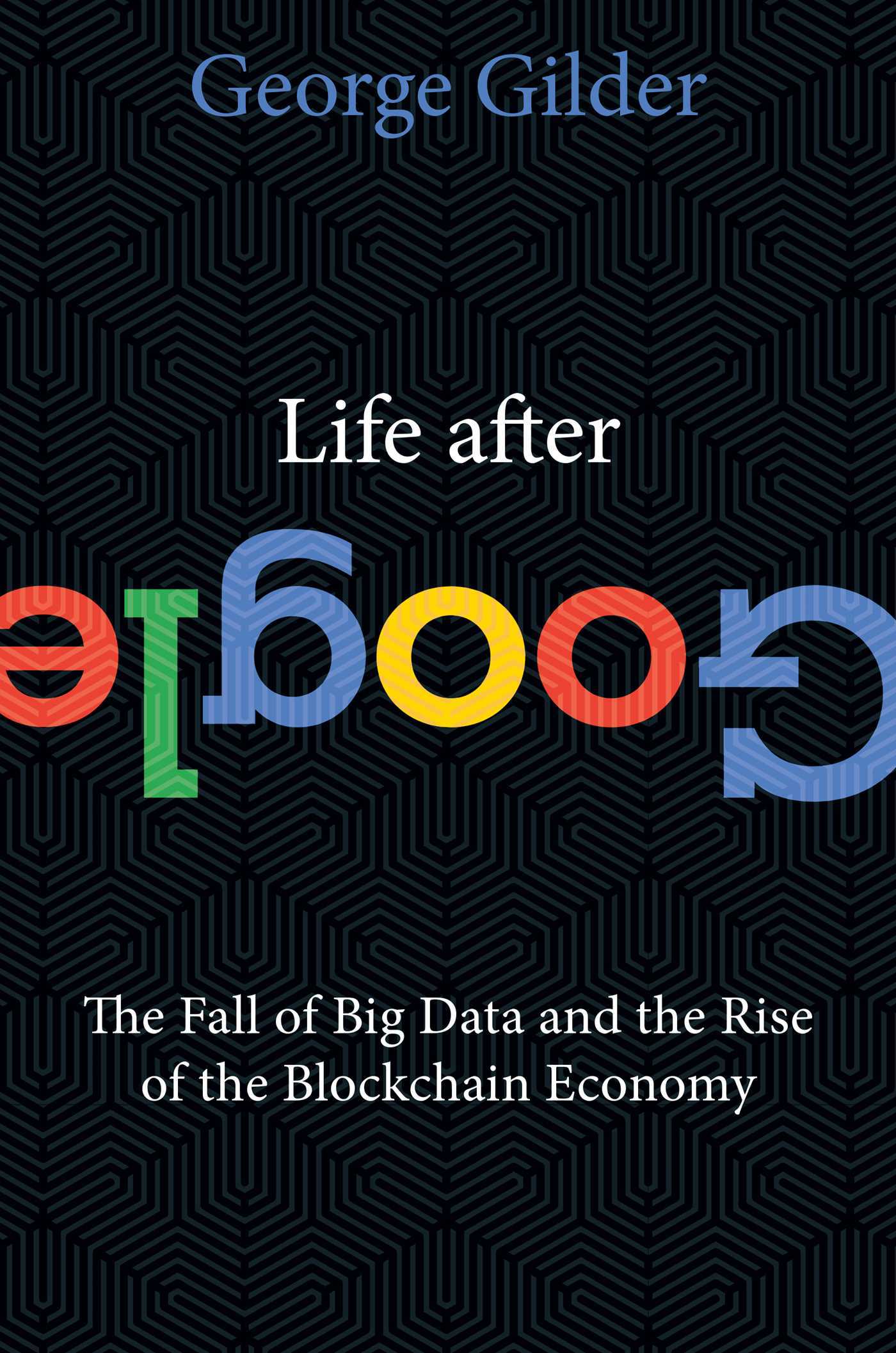What do you think?
Rate this book


256 pages, Hardcover
First published July 17, 2018
The fundamental claim Marx made was that the Industrial Revolution would create a future where, as Gilder puts it, “the key problem of economics would become not production amid scarcity but redistribution of abundance.” (6)
“Marx was typical of intellectuals in imagining that his own epoch was the final stage of human history…. The neo-Marxism of today’s Silicon Valley titans repeats the error of the old Marxists in its belief that today’s technology – not steam and electricity, but silicon micro chips, artificial intelligence, machine learning, cloud computing, algorithmic biology, and robotics – is the definitive human achievement. The algorithmic eschaton renders obsolete not only human labor but the human mind as well.” (6-7) […]
AI is believed to be redefining what it means to be human, much as Darwin’s On the Origin of Species did in its time. While Darwin made man just another animal, a precariously risen ape, Google-Marxism sees men as inferior intellectually to the company’s own algorithmic machines. Life After Google makes the opposing case that what the hyperventilating haruspices Yuval Harari, Nick Bostrom, Larry Page, Sergey Brin, Tim Urban, and Elon Musk see as a world-changing AI juggernaut is in fact an industrial regime at the end of its rope. (7) […]
“Marxism was historically hyperbolic the first time around, and the new Marxism is delusional today. Is time for a new information architecture for a globally distributed economy. Fortunately, it is on its way.” (9)
“The problem is not AI itself, which is an impressive technology with much promise for improving human life. What transforms ‘super-AI’ from a technology into a religious cult is the assumption that the human mind is essentially a computer, a material machine.” (99)
“Google and Facebook captured value in the application layer but then had to invent a lot of protocols and infrastructure to actually scale…Because of the value they created early on, they had the resources. This [architecture] leads to giant moats because big companies had all the data, but also because no one else had the resources to innovate at the protocol/infrastructure layer. This innovation is always needed. The question is who has the incentive to lead the charge. In the post-blockchain world, the model gets flipped and there is direct incentive [for many teams outside the giant companies] to work on the hard problems of protocol and infrastructure innovation. This is a major shift.” (201-202)
building a new trust, ID, and transactions later for the Internet. Better than cash, it offers exchanges that conceal personal information but also allow complete proof of compliance where necessary. Not only can you exchange anonymously, you can prove your record of behavior if a government makes untrue charges or a business makes spurious claims. This combination of security and attestation makes cryptocurrencies a fundamental improvement on existing moneys—a remedy for the monetary turbulence of our time.” (176-177)
“Many of these [innovative blockchain and crypto] ventures will fail, but together they can emancipate the next generation of the Web from closed silos of captured data. The cryptocosm can mobilize computer power in volumes that dwarf even the data centers of the leviathans. In this cause, the advances in computer science pioneered at Google serve to emancipate the world from Google’s silos.” (210)
“In practice, the only factor that makes any serious difference for Internet neutrality is investment in bandwidth. If bandwidth is scarce, it will have to be allocated preferentially, regardless of the laws.” (236)